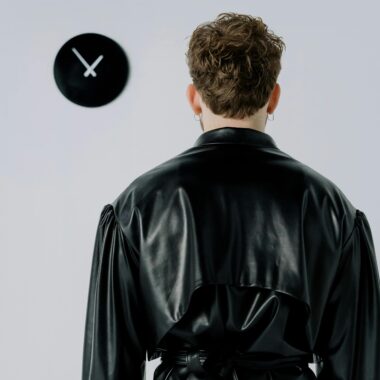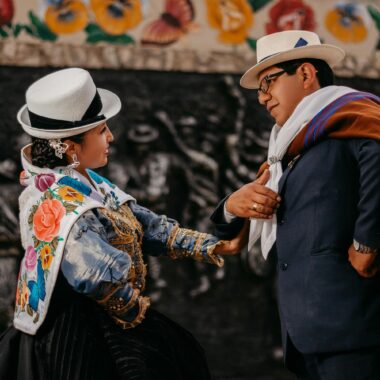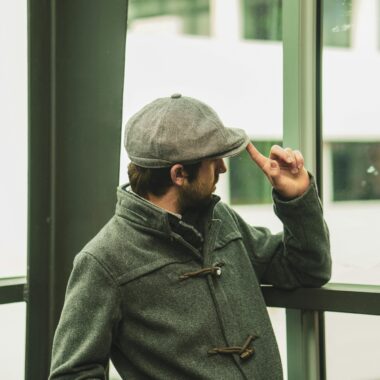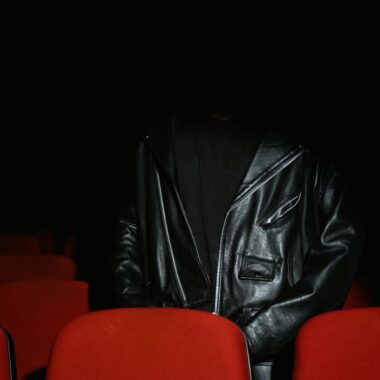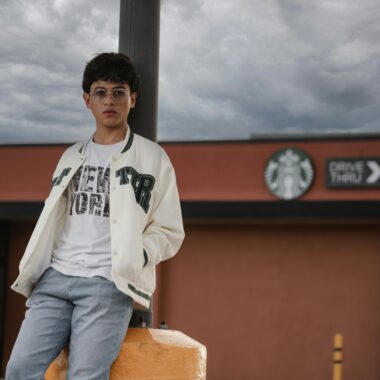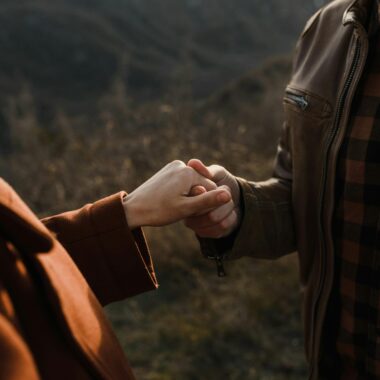A few garments have achieved the reputation that this Clint Eastwood Poncho. Its faded earth tone and rough exterior This iconic garment has inspired artists, collectors as well as film enthusiasts over the years. But what is the secret that gives Clint Eastwood Poncho its unmistakable look, a weathered appearance? In this comprehensive look we’ll discover the hidden meaning behind the distressed appearance, examine its roots and explain reasons why it’s an iconic representation of Western trendy.
The Origins: A Mexican Classic Meets Hollywood Grit
Before becoming screen-famous before it became a screen legend, the Clint Eastwood Poncho was inspired by the tradition of Mexican serpe. Created by skilled craftsmen the ponchos were renowned for their strength and vivid stripes. The team of Sergio Leone chose the poncho to wear for “A Fistful of Dollars” they imagined an authentic look that was worn for many years on dusty trips across desert.
Not Fresh Off the Rack
One of the main reasons behind one of the secrets behind Clint Eastwood Poncho’s distressed look is that it has never looked as brand new. Fashion designers avoided wearing the appearance of a brand new item. Instead, they sought out the poncho they had that was some age, and put it through further wear. What resulted? It appeared convincingly live-in and as if it carries the weight of each battle and fight.
The Role of Color Fading
Contrary to modern-day reproductions, unlike modern reproductions, the first Clint Eastwood Poncho didn’t boast vivid, uniform hues. With time exposure to light and elements gradually faded the material. This slight desaturation contributed to giving the savage authenticity that audiences were captivated by. The moment Clint Eastwood rode into town with his poncho on, its discolored pattern sounded like a whisper of the harsh frontier.
The purposeful abrasion is to age with intention
Hollywood costumers are known of aging their clothes to perfection. In order to create the classic Clint Eastwood poncho look, the wardrobe team employed techniques such as sandpapering, brushing along with stone washing. This created texture, and made the clothing appear as if it was tossed over riding horses, pulled through the dust, and battered numerous sunrises.
The Power of Patina
In the realm of fashion from the past patina has everything. And Clint Eastwood’s Poncho was brimming with it. Patina is the term used to describe the shine and the appearance that develop naturally over decades of usage. In contrast to the artificial distressing process alone the authentic patina cannot be duplicated in a matter of hours. Combining genuine wear and a careful process gave the poncho a soft, smooth finish that was 100 100% authentic.
The Art of Subtle Staining
The poncho that was brand new wouldn’t be the soft, stained-looking look that you can are seeing on TV. In order to recreate decades of tough life, some costumers dabbed with diluted dyes or teas to produce small variations in color. These dyes blended effortlessly to the garment, improving the Clint Eastwood’s rustic appeal without looking too overdone.
Repetition Is Key: Continuity Across Films
The most fascinating thing about Clint Eastwood’s Poncho Clint Eastwood Poncho is that it was used in multiple films – including The Fistful Of Dollars, For a A Few Dollars More as well as the Good, the Bad and the Ugly. Keeping the continuity of the film was vital. To make sure that the poncho appeared uniform, the wardrobe team were careful to keep the poncho in a distressed condition during shoots. So, each film looked perfectally aged, never too clean but never dull.
Why Modern Reproductions Miss the Mark
Many companies today offer versions of Clint Eastwood Poncho. While some do capture the original’s spirit but many do not have authenticity and authenticity. These mass-produced models often don’t feature the subtle fading, inconsistent hue, and subtle abrasions that make the genuine appealing. Collectors are always looking for unique vintage pieces which feel more authentic than the original.
How the Distressed Look Defines Character
If it was the work of an unworthy filmmaker, the poncho could be just a prop. However, Sergio Leone understood the power of storytelling through visuals. The worn-out Clint Eastwood ponycho’s appearance encapsulated everything about the Man without a Name: his fierce determination, aversion to extravagant lifestyles, and his will to take on the most difficult roads. This wasn’t just a fashion statement, it stood as a testament to his legacy.
Tips for Recreating the Look Today
If you’re keen to imitate Clint Eastwood’s wild style, then you could make your unique poncho with a distressed look. Choose a good weaved serape with earthy hues. Next, gently sand any areas that naturally show wear such as shoulders and edges. Utilize diluted dyes or strong black tea to create some subtle staining. Also, take time taking the poncho out in the open. The natural fading and patina process isn’t something you can rush, but the end outcome is well worth the effort.
Conclusion
The key to the vintage Clint Eastwood Poncho’s style is craftmanship, intent and genuine wear. Beyond a mere outfit, this worn-out piece was a symbol of tough uniqueness that echoes today. No matter whether you appreciate it due to its filmic legacy or aesthetics it is a must-have. Clint Eastwood Poncho remains a testimony to the way a small garment that has been crafted to perfection can draw the attention of many millions.
If you’ve ever imagined being able to wear your own part of Western time, keep in mind that there’s no need to own an impeccable piece of clothing. It’s about taking the imperfections as well as the story etched into every frayed and fade. Since that’s where the magical happens, exactly as it did the first time Clint Eastwood first rode into town with a poncho draped over his shoulders, ready to create the history books.


